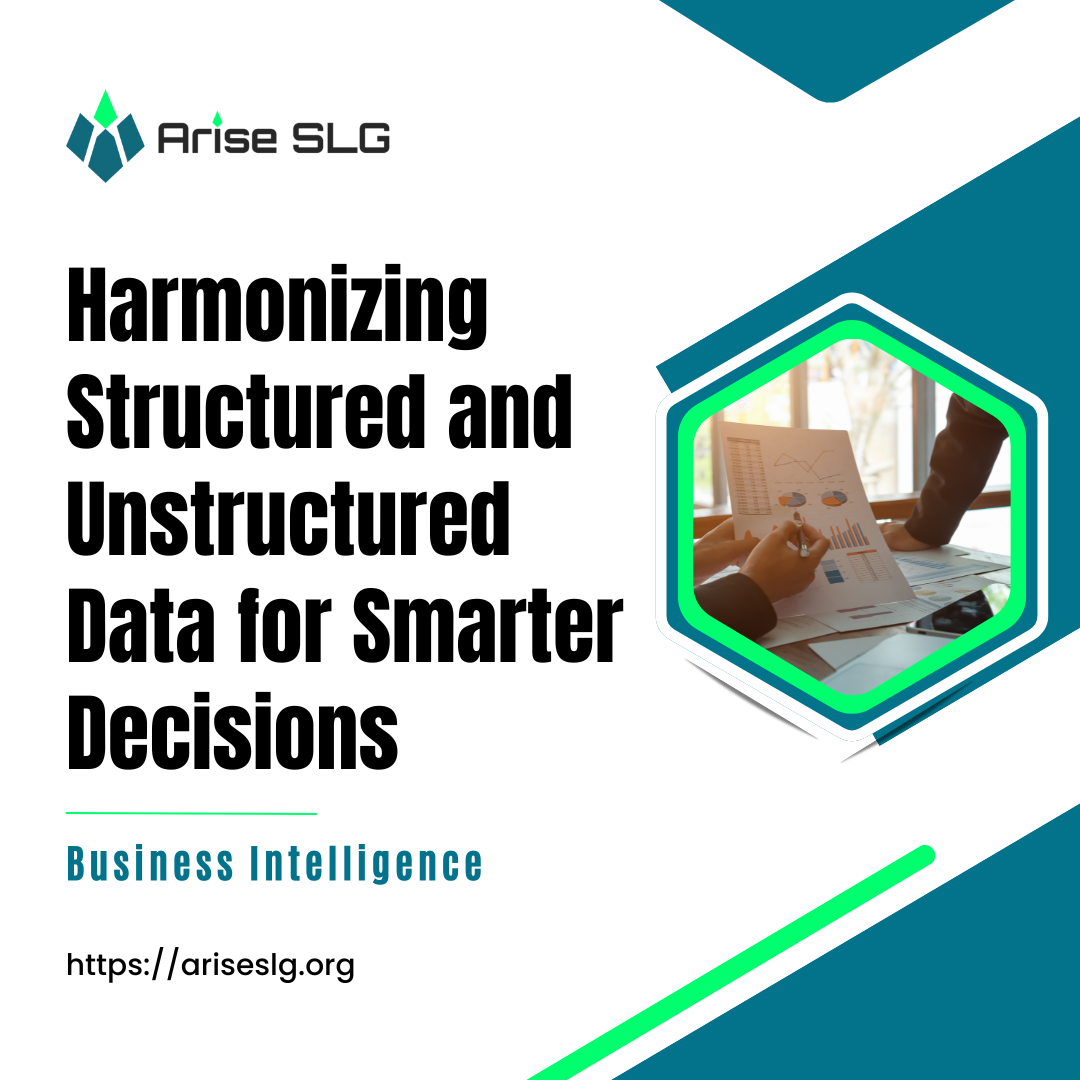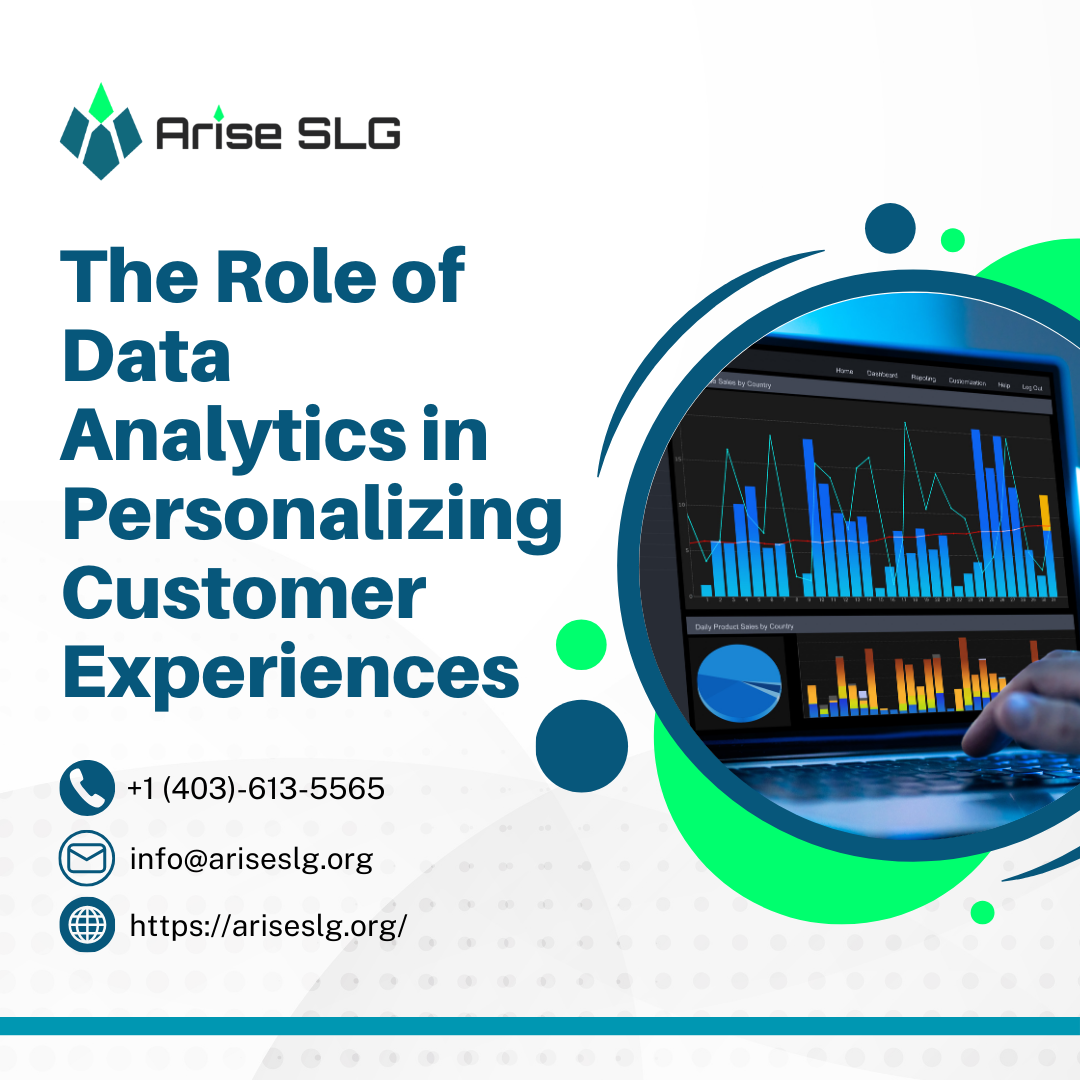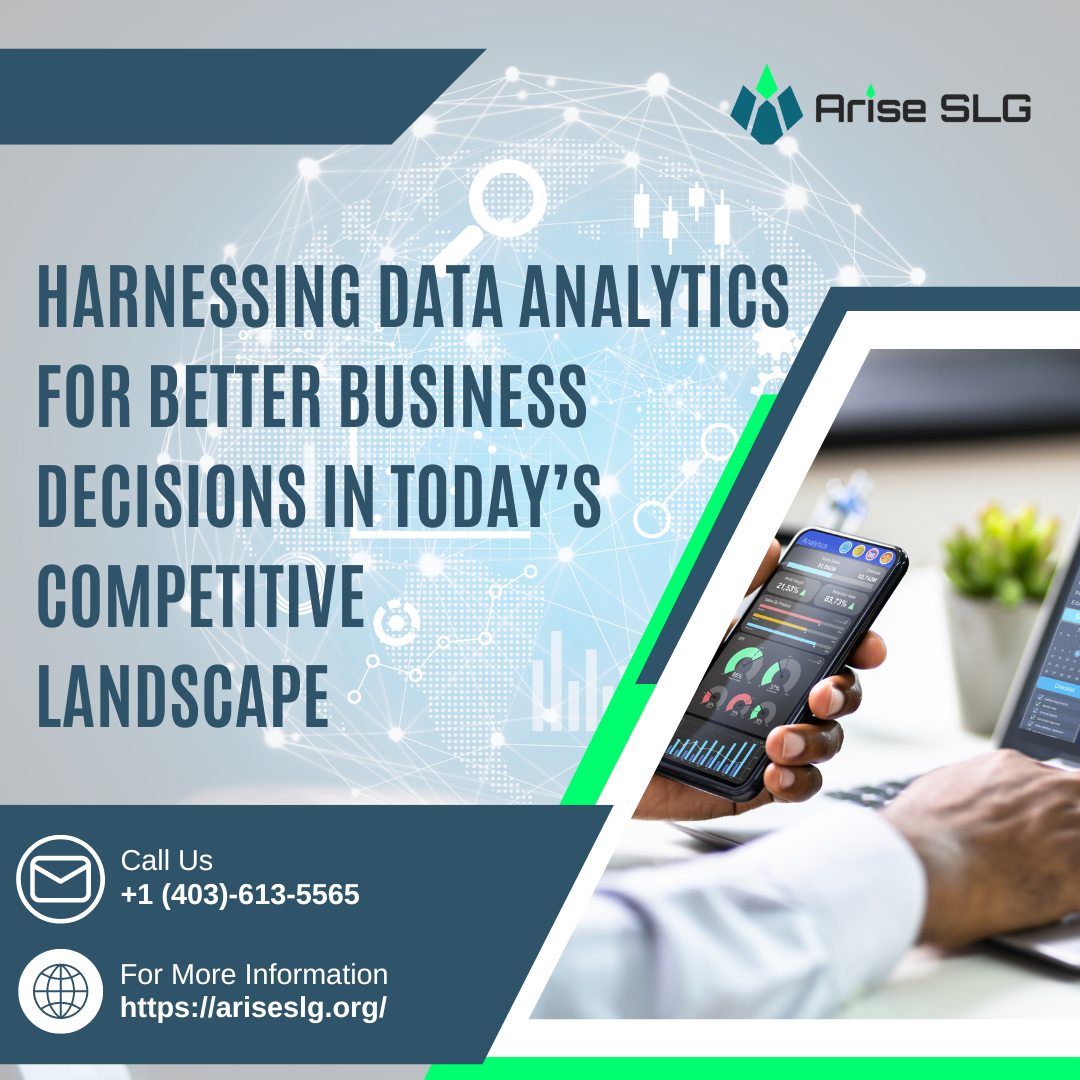In today’s data-driven world, businesses must handle both structured (e.g., databases) and unstructured (e.g., social media posts) data. Harmonizing these diverse data sources is essential for extracting actionable insights. Business Intelligence (BI) tools—such as SQL, Python, Power BI, and Tableau—help streamline this process, ensuring seamless data integration and reporting.
What Are Structured and Unstructured Data?
- Structured Data: Organized in databases or tables (e.g., sales data, CRM records).
Unstructured Data: Lacks a predefined structure (e.g., emails, social media,
customer reviews).
The Challenge:
While structured data is easier to analyze, unstructured data can be disorganized and
difficult to process. Harmonizing both types for decision-making requires robust tools and
processes.
Using SQL, Python, Power BI, and Tableau in BI
1. SQL (Structured Query Language):
SQL is used to query and manage structured data, making it easier to retrieve, filter, and merge data from relational databases. It’s a fundamental tool for handling structured data sets in BI.
2. Python:
Python, with libraries like Pandas and NumPy, is ideal for processing unstructured data. It can perform complex data manipulations and handle text mining and natural language processing (NLP) for unstructured data sources like social media or customer reviews.
3. Power BI and Tableau:
After SQL and Python have been used to process and clean data, Power BI and Tableau come into play for data visualization and reporting. These BI tools provide dynamic dashboards and interactive reports, making it easy to interpret harmonized data and gain actionable insights in real-time.
Real-Life Scenario: Unilever
Unilever effectively uses SQL to manage structured sales data from retail stores and Python to analyze unstructured customer feedback from social media. After processing the data, they rely on Power BI to create dashboards that provide a clear visual representation of customer trends and sales performance, allowing them to make informed business decisions
in real-time.
At Arise SLG, we specialize in integrating SQL, Python, and BI tools like Power BI and Tableau to help businesses harmonize their structured and unstructured data. Our solutions streamline data processing, create insightful visualizations, and ensure you can make faster, data-driven decisions with confidence.
With the combined power of SQL, Python, Power BI, and Tableau, businesses can effectively harmonize structured and unstructured data for comprehensive analysis. At Arise SLG, we help companies unlock the full potential of their data, transforming it into a strategic asset that drives smarter decisions.
#BusinessIntelligence #SQL #Python #PowerBI #Tableau #DataIntegration #StructuredData
#UnstructuredData #AriseSLG #CustomerInsights




